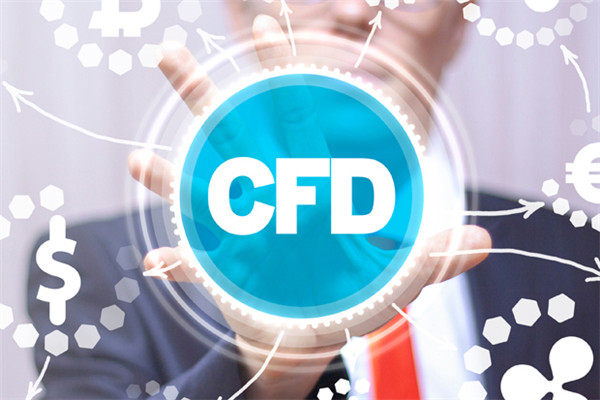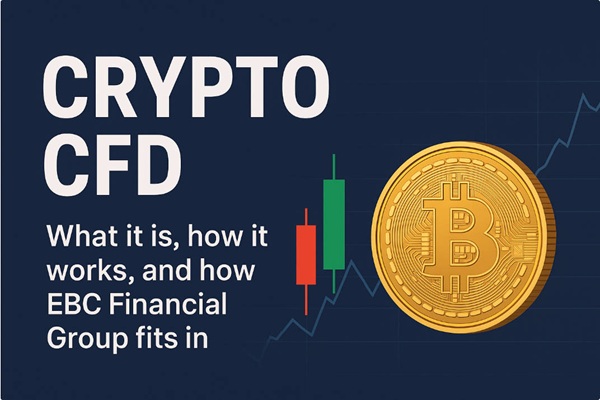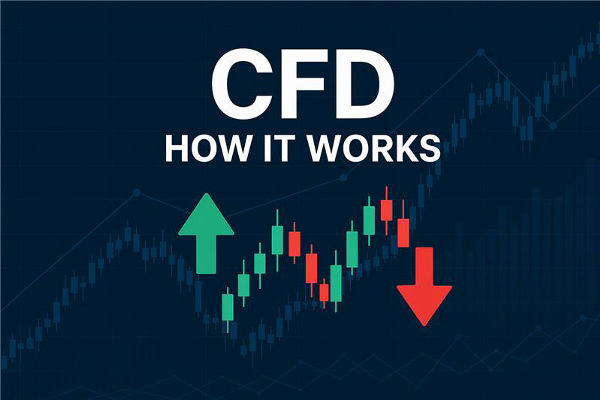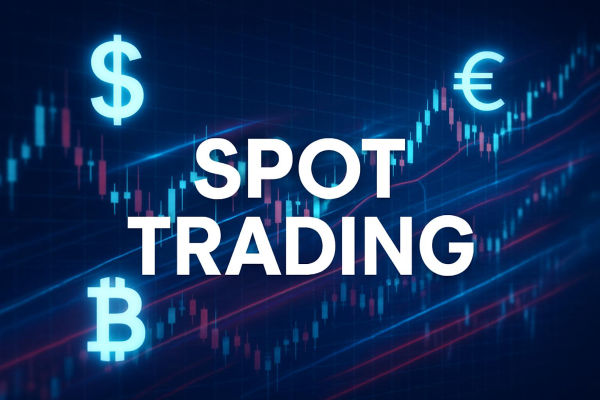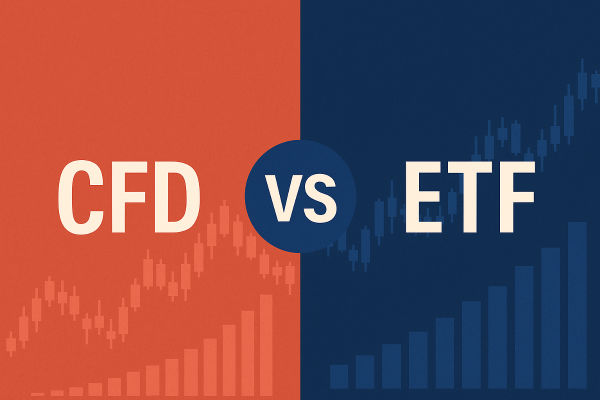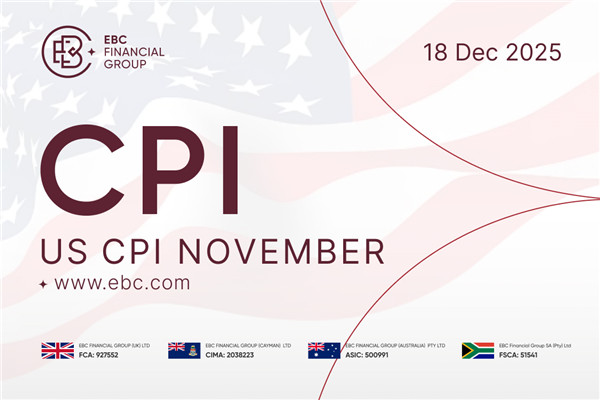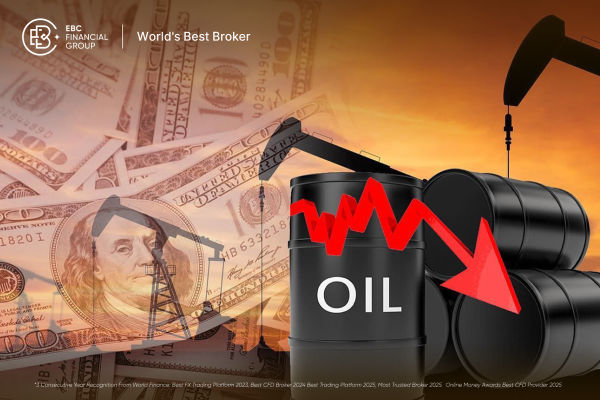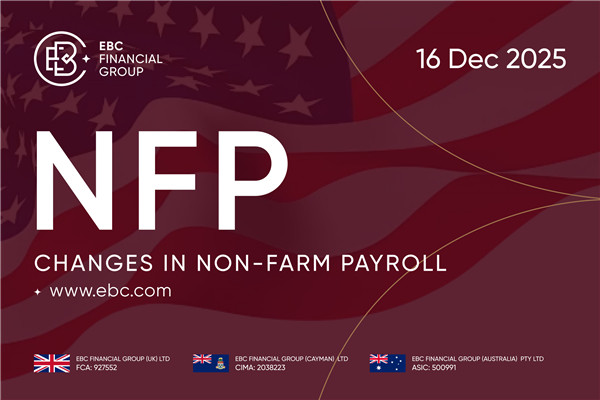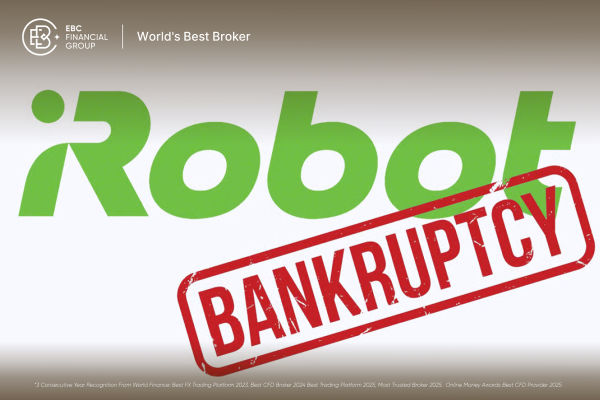In the forex market, price difference contracts have become an
important investment method for many professional traders. Before the popularity
of price difference contracts, traders had high requirements for capital when
investing in multiple financial markets, especially in traditional forex markets. Moreover, each financial product required investors to open
corresponding accounts. If they wanted to invest in various markets around the
world, It was necessary to open different accounts in different markets, and the
emergence of price difference contracts has provided convenient trading modes
for more individual forex traders, with hundreds of trading
varieties, including global mainstream markets such as stocks, indices, and
bonds.
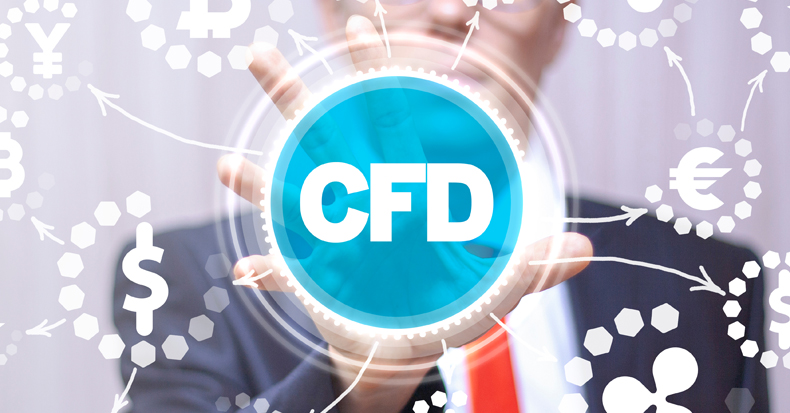
What are Contracts for Difference? A CFD is a financial product derived
from stocks and containing high leverage effects. It generally refers to a
trading method that does not involve the exchange of physical goods or securities but only uses the difference between the settlement price and the
contract price for cash settlement.
Forex margin is one of the financial derivatives that uses a
certain proportion of funds in the forex market to buy and sell
various currencies and expands the direction of exchange rate fluctuations by
hundreds or even thousands of times. It is also known as leveraged forex. Forex margin has the characteristics of futures and is used
to avoid forex risk. Leverage is a major feature of forex
margin trading and a tool used by traders to increase initial investment
returns. The ease of use of leverage is also one of the reasons why forex margin trading is popular.
CFDs and margin are two common trading methods in the financial market, and
there are certain connections and differences between them.
Contact:
1. Both leveraged trading (CFDs and margin trading) are leveraged trading,
where investors only need to pay a certain margin to control a larger trading
amount and obtain higher returns.
2. Both are financial derivatives: contracts for differences and margin
trading are financial derivatives, and their price changes are based on changes
in the underlying asset price.
3. Both long and short trading can be carried out: contracts for differences
and margin trading can be carried out long and short, meaning that investors can
buy or sell contracts in the market to obtain returns.
Difference:
1. Different underlying assets: The underlying assets of price difference
contracts can be stocks, forex, commodities, etc., while the
underlying assets of margin trading are usually forex.
2. Different trading methods: The trading method of price difference
contracts is to calculate profits and losses through price differences, while
the trading method of margin trading is to calculate profits and losses through
changes in exchange rates.
3. Different trading times: The trading time of price difference contracts is
usually 24 hours, while the trading time of margin trading is usually during the
opening hours of the forex market.
4. Different profit and loss calculation methods: The profit and loss
calculation of price difference contracts is based on changes in contract
prices, while the profit and loss calculation of margin trading is based on
changes in exchange rates.
In summary, contracts for differences and margin trading are both leveraged
and financial derivatives, but there are certain differences in their underlying
assets, trading methods, trading time, and profit and loss calculation methods.
When choosing a trading method, investors should choose the appropriate method
based on their own needs and risk tolerance.
